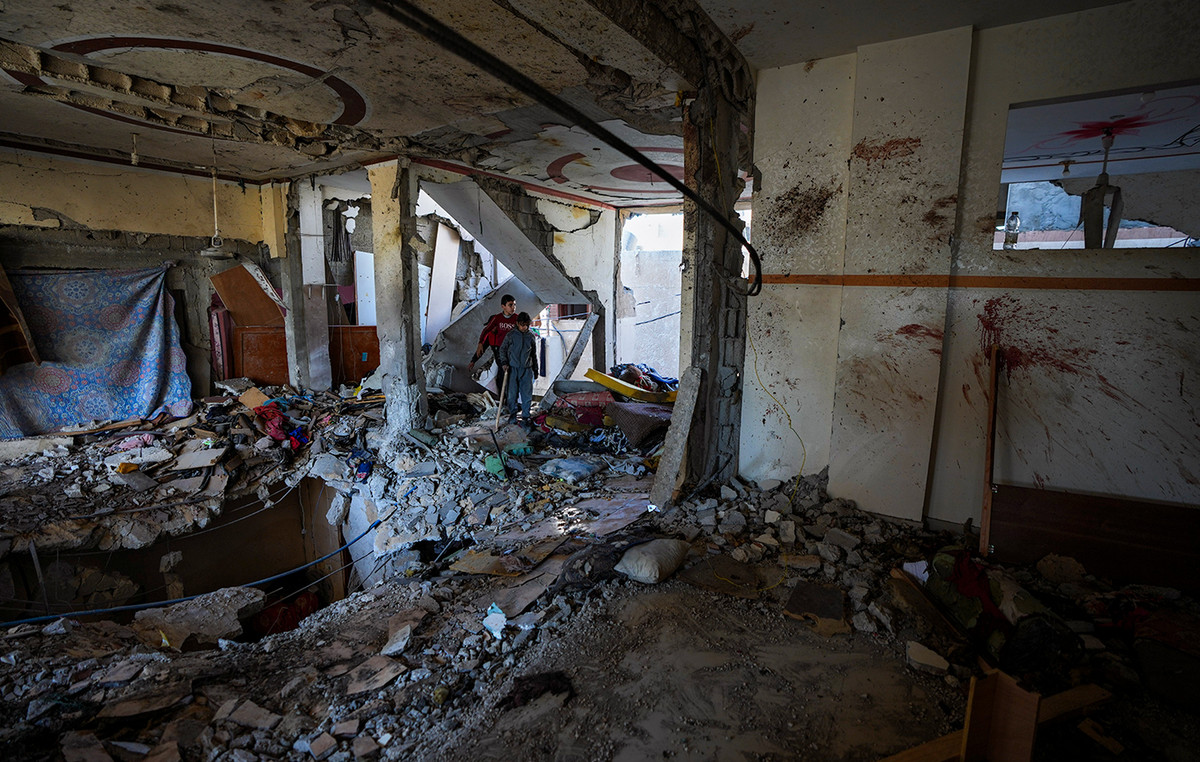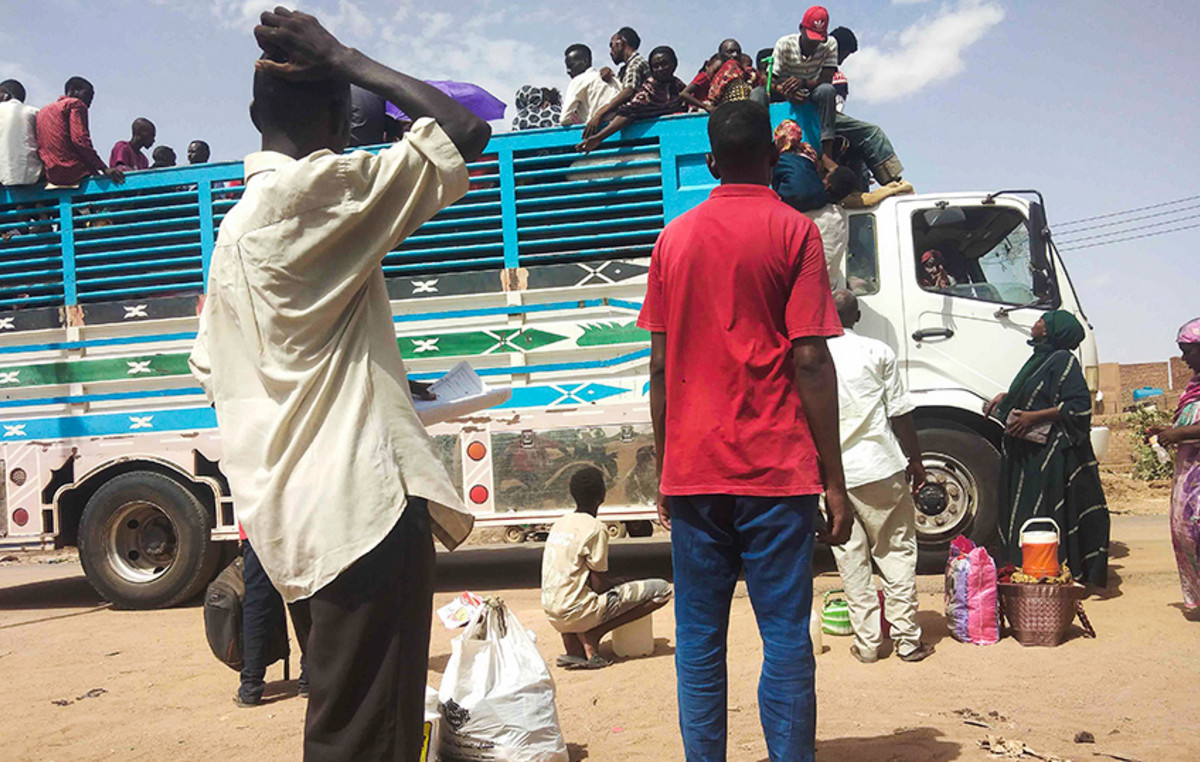What to do in case of rain, storms and floods? Civil protection at a national and regional level it has pages that teach the basic rules in case of weather alerts, exactly like those for earthquakes and fires, for which real exercises are carried out. The experts, given the increasingly frequent extreme phenomena also due to climate change and the increase in temperatures, would recommend exercises also for floods and similar phenomena. However, there are basic tips for staying safe, starting with the obvious one of following the forecasts, which are reliable with a maximum advance of a couple of days, and checking the warnings on the Civil Protection website and on those of the Municipalities and Regions. However, it is not certain that extreme phenomena can be predicted in advance and in detail by place and time.
What do the alert colors mean?
The colors of the alerts are greenyellow, orange and red based on the intensity of the phenomena and the hydrogeological risk. Green indicates a situation without risks, yellow indicates very intense rains, locally dangerous. In this case, some outdoor activities are not recommended.
Code orange indicates heavy and widespread rainfall with a high risk of flooding, landslides, mudslides, falling trees and damage to people and property.
Weather alert with code red is the most dangerous. Rivers are expected to overflow, banks to break, and floods to occur. With a red alert, ordinances are issued for the closure of schools and, in some cases, even public offices. The national civil protection and the regions involved issue alerts from time to time.
What to do in case of flood
Flood warnings are useful precisely because you can prepare for a flood. Those who live in risk areas should keep life-saving medicines, copies of the most important documents and a flashlight on hand. Every Common has a plan indicating the safest areas in case of emergency.
You have to go up to the higher floors if you are at home. Cellars and garages should be avoided, as well as elevators. Keep telephone lines free, turn off gas taps and turn off electricity. Do not touch electrical systems and appliances with wet hands or feet. If possible, it would be useful to wear clothing and footwear that protect from water.
In the event of an alert, it is best to protect the premises at street level with bulkheads or sandbags in advance. Cellar, basement or garage doors must be closed. Secure the car are if the situation is not already dangerous. Otherwise always avoid the car because even a few centimeters of water can cause you to lose control of the vehicle and you risk being trapped if the car turns off.
Outdoors, you should stay away from bridges, rivers and other watercourses. You should also avoid slopes and embankments due to landslides. It is best not to use the car and you should avoid underpasses. You must not stay on coastal roads and on piers, jetties and near the shoreline. Genoa also has a detailed plan on moving cars into safety zones.
It is necessary to know the particularities of the area where you live, work or are on holiday. If there have been floods in the past, there will probably be floods in the future. Every municipality should have an emergency plan to know what the flood-prone areasescape routes and safe areas. In addition, municipalities are required to issue weather warnings and forecasts in advance. Nothing of value should be kept on the lower floors and the possibility of going to the upper floors must be easy and fast.
You must not drink the water from the tap because it may be contaminated. Do not eat foods that have come into contact with flood water because they may be contaminated.
After the flood, you have to follow the indications from the authorities for any activity: from shoveling mud and emptying cellars to re-entering the house. Do not drive along flooded streets and be careful of water that could be contaminated by fuels or other substances. Before turning the electricity and gas back on, you must have checked or receive authorization, even the drains must be used only if there is certainty that sewer systems, wells and septic tanks have not been damaged.
What to do in case of strong thunderstorms
Avoid the most exposed spots if you are outside. If you only see the lightning, the storm may still be far away. If you hear yours, it is a few kilometers away. The areas most at risk are underpasses and subways, but also all lower floors, basements and garages. This is because the most typical critical issues are linked to the inability of the sewer system to dispose of considerable quantities of fallen water in a short time.
Be careful of slippery asphalt that reduces road holding if you are in a car. Always slow down also because of the possible reduced visibility.
You should always look for the highest possible place in case of landslides. If the landslide is already underway and you cannot escape, you should crouch down and protect your head. To check what is coming, you should always look towards the landslide. Never stop under poles or pylons.
Most of the accidents are caused by lightning It happens outdoors in exposed places such as mountains and beaches. The proximity of water is a strong risk factor. You should avoid the seashore and the edges of swimming pools. You should stay away from poles or trees, they are not useful shelters, avoid metal objects and those with good electrical conductivity. You should also avoid high voltage pylons. Away with all sharp objects such as umbrellas.
In the event of lightning, the best position is to squat with your feet together. Do not lie down or sit on the floor. You should stay about ten meters away from other people. You can stay in your car with the doors and windows closed and the radio antenna down. You are safer at home, but you should avoid all appliances connected to the electrical network and the landline phone. Unplug TVs, PCs and household appliances. Here too, avoid water and metal objects.
Source: Vanity Fair
I’m Susan Karen, a professional writer and editor at World Stock Market. I specialize in Entertainment news, writing stories that keep readers informed on all the latest developments in the industry. With over five years of experience in creating engaging content and copywriting for various media outlets, I have grown to become an invaluable asset to any team.







